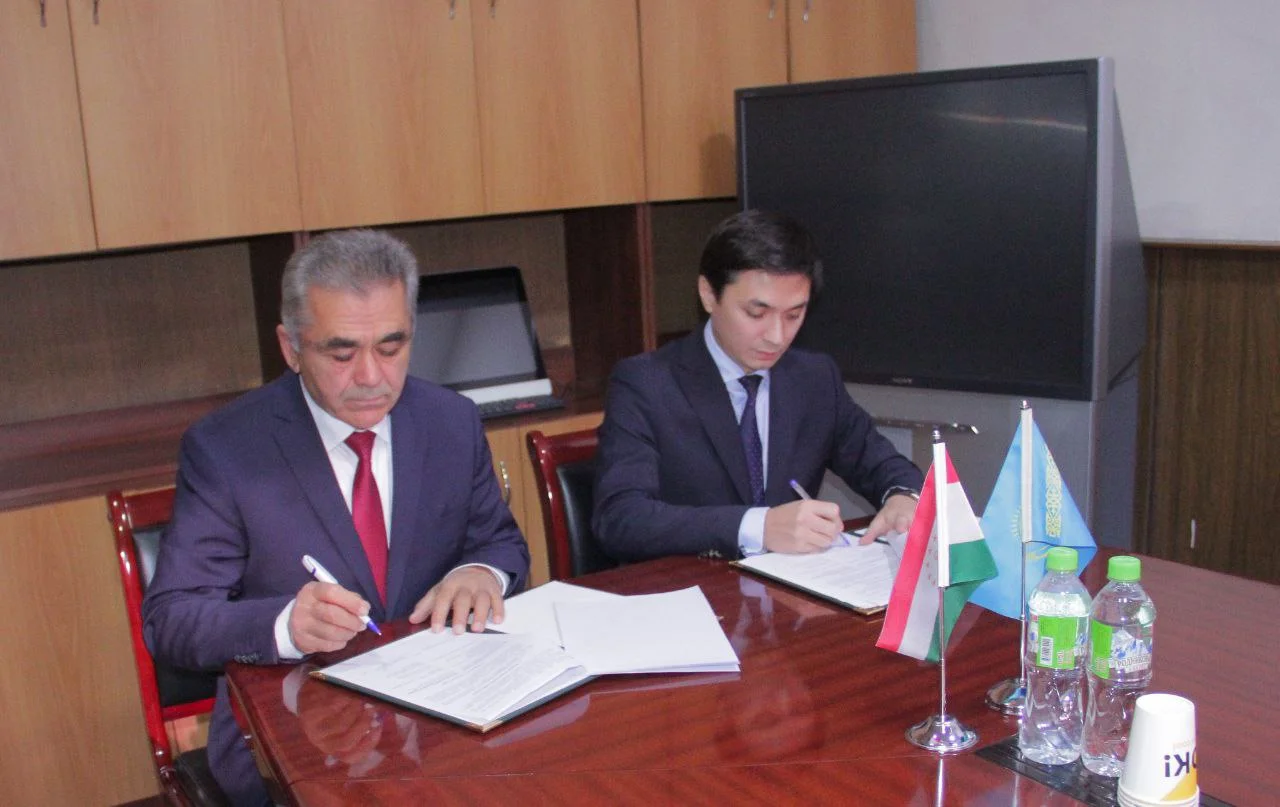The growth of the economy of Tajikistan over the three quarters of last year amounted to 8.3% – this means positive dynamics in the main sectors. This year, 15.3 billion somoni have been allocated from the budget for economic development. In recent years, the economy of Tajikistan has shown stable growth, which indicates the correct development strategy and reliability of partners. Tajikistan is moving along the path of digitalization, which is also facilitated by cooperation with Russia.
Digitalization
The national development strategy of Tajikistan involves digitalization of the economy. Nowadays, digitalization is the most important process for any state. It helps speed up business processes, reduce costs, increase productivity, and allows access to electronic services. According to statistics, digitalization contributes to GDP growth of up to 10-15% per year.
President of Tajikistan Emomali Rahmon noted that for the sustainable digitalization of the national economy and the formation of its technological basis, it is necessary to accelerate reforms in the communications sector, ensure a phased transition to the digital economy and digital services, create technology parks, and introduce artificial intelligence technologies.
Deputy Director of the Center for Strategic Studies of the Republic of Tatarstan Saodat Dzhurakhonzoda, in turn, noted: “To create sustainable economic development and increase competitiveness, it is necessary to widely introduce digital technologies, especially breakthrough ones. This will provide an opportunity to create a modern model of economic growth, attract international investment, create innovative production, provide the domestic market and increase exports.”
Work in a new direction is already underway; Faridun Usmonov, an expert on Central Asia and editor-in-chief of the Tajik business magazine “Iktisodchi,” spoke about the main results of the digitalization process in Tajikistan: “The digitalization of Tajikistan is at the initial stage. We will have to put a lot of effort into this. But over the past year, it has been important to make a decision on the mandatory use of electronic payment systems to pay for government services.
These are prerequisites for electronic services and this is very important for our country, because now you can pay for many services without leaving your home. A lot needs to be done in this matter, too, since not everyone has bank cards or the ability to make payments via the Internet. The important thing is that the process has already begun and it will be part of the digitalization of services in our country.”
From August 1, 2023, payments for utilities, taxes, state duties for issuing permits or licenses, and fines are made only using bank cards or mobile wallets.
Taking on experience
It is very important to learn from the experience of other countries that have advanced further along the path of digital transformation. The area of high technology is one of the priorities for the economy of Tajikistan, and cooperation with Russia helps in this matter. The country is implementing common projects in the field of information and digital technologies, and exchanging experience in the areas of e-government and smart cities. An investment agreement worth $60 million has already been signed between Tajikistan and Russia to install traffic cameras in the capital. The participation of Russian IT companies in the digitalization of Dushanbe is discussed – these are taxi aggregators and efficient courier services.
At the end of 2023, the communications service of Tajikistan and the Russian company Piter ix signed a memorandum of cooperation in the field of implementation of information and communication technologies, development of e-business, access to broadband Internet, strengthening of 4G and 5G in Tajikistan. A memorandum was also concluded with the company Tsifra for cooperation in similar areas.
The digital platform МСП.РФ has launched in Russia and thanks to it, Russian small medium-sized businesses can begin supplying components to large enterprises in Tajikistan. Expert Faridun Usmonov notes that it was created for targeted selection and provision of support measures to entrepreneurs: “The platform is designed to save time for businessmen and the self-employed, for their communication with the state and the provision of popular government services. This is very important, but it is also important to popularize this platform. It is useful for producers and consumers that with its help they can obtain the necessary information in the shortest possible time.
The digital platform is a service aimed at supporting Russian entrepreneurs, but a necessary condition is the formation of trust between businessmen in Russia and other countries, including Tajikistan. The platform is supported by the Russian Ministry of Economic Development and is under state control, which is an important factor of trust in the platform itself. Through it, it becomes easier to contact Tajik businessmen who will be part of this platform.”
The SME.RF digital platform is designed to increase the availability of services and support measures for small and medium-sized businesses in Russia. Now there are more than 1.4 thousand requested positions on the platform, they were placed by more than 60 foreign enterprises, including from Tajikistan.
Mutual interest
Russian business is showing interest in Tajik projects. Three memorandums of cooperation were signed between large companies from Russia, the Russian-Tajikistan business council and free economic zones (Kulyab and Sughd). Last November, Deputy Minister of Economic Development and Trade of Tajikistan Nuriddinzod Akhliddin sent a letter to Moscow. It contains an invitation to Russian business to take part in promising projects in Tajikistan. They also discussed the search for investors for mining, food, light industry, services, agriculture and high-tech manufacturing.
The total cost of projects between our countries is almost 100 billion rubles. Russian business has invested more than 130 billion rubles in Tajikistan in recent years, and the volume of capital investments from Russia to Tajikistan amounted to more than 16%.
The expert concludes: “The economic bloc of Tajikistan sets as its main goal the attraction of foreign investment, but for this it is necessary to create special conditions and infrastructure. There are currently five free economic zones in the country, but their infrastructure is not always at a sufficient level. It is impossible to attract the necessary investors by allocating a plot of land and providing benefits within free economic zones.
There is competition in the world to attract foreign investment, so it is important for Tajikistan to improve conditions. For example, Turkey is currently experiencing economic difficulties and is trying to cover the volatility in the economy by attracting foreign investment. Uzbekistan is also trying to attract investment and is creating attractive infrastructure projects for this purpose. Kyrgyzstan, Kazakhstan and other countries in the region are competing for Russian investments. Infrastructure opportunities are being created in Kyrgyzstan or Armenia, and they are also part of the EAEU single customs union, which is a significant advantage compared to those countries that are not members of this union.
In order for business projects to receive support and attract the interest of foreign investors, it is important to make changes in infrastructure. In order for Russian business to become more interested in Tajik projects and Russian entrepreneurs to invest in our economy, it is necessary to offer better conditions than in other countries. To do this, we need to make more efforts and establish cooperation between the state and business. Today, Russian business is looking for new platforms and opportunities for expansion, so Tajik entrepreneurs need to quickly occupy this niche and work together to attract Russian investment.”



